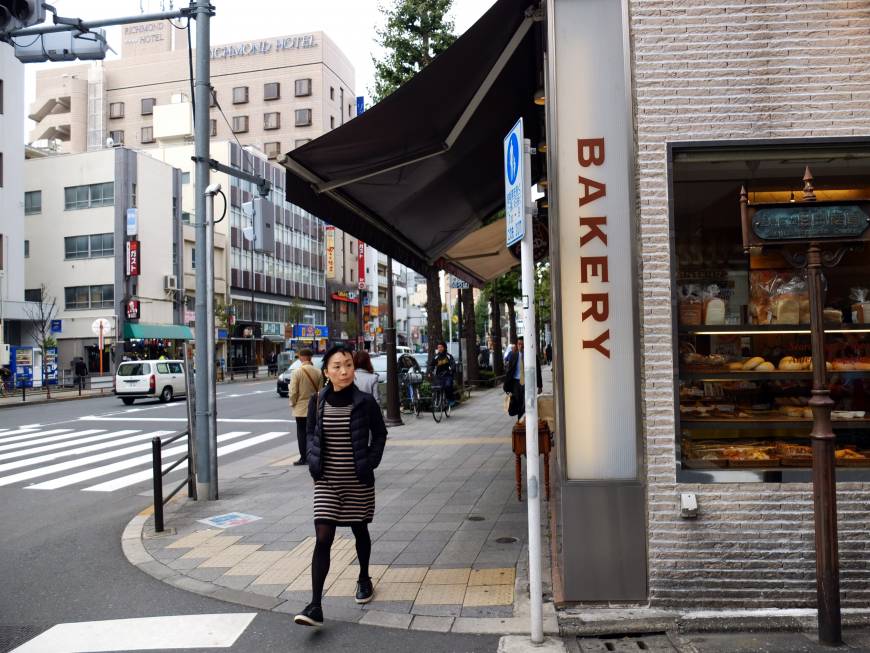Asian Group
Related: About this forumHow It's Made: Japanese Navy Biscuits
Last edited Fri Aug 12, 2016, 05:35 PM - Edit history (1)
For some reason, I found this video compelling. You may want to skip it unless, like me, you have an interest in historical foods, such as the food items that used to be carried on whaling ships, or foods that have extended shelf lives. The biscuits in this video are still being made and are available at Amazon: Japanese Navy Biscuits.
Have any of you tried these? ![]()
yuiyoshida
(41,831 posts)Which is also Portuguese. The Portuguese brought Bread to Japan, hence the borrowed name in Japanese.

A short history of ‘real’ bread in Japan
BY KAORI SHOJI
SPECIAL TO THE JAPAN TIMES
For most of modern history, the Japanese failed to understand the point of the baguette — known locally as furansu pan (French bread) — and shunned the globally coveted Gallic specialty, thinking it was hard and tasteless. Carried by almost every bakery in Tokyo, it was often isolated from the main cast of popular offerings such as sweet pastries and curry pizzas — even in fashionable bakeries like Pompadour and Kobeya. Four or five loaves always remained at closing time while everything else sold out.
Aside from the taste and the local preference for softer breads, the Japanese long held that furansu pan was a snack and not suitable to be eaten as part of a real meal, especially for men born during the Showa Era (1926-89). Back in the day, breakfast in my household was always a battle between my mother, who just wanted to slap a big basket of supermarket rolls on the table and pour the coffee, and my father and his gang of three sons who put up a united front in favor of what I call the “full Japanese,” consisting of rice, miso soup, grilled fish and, when going all-out, fried eggs.
That’s a lot of work and stress, and my mother — understandably — hated mornings. She never sat down to eat breakfast with the family and it was only after we left for school and work that she would retire to the couch with her coffee and toast, where she could enjoy a brief moment of peace and quiet. For her, as for many women in Japan, bread has been the ultimate comfort food — even a guilty pleasure.
Recognizing there was demand, Japanese bakers launched one sweet, sugary concoction after another, from an pan (bean-paste-filled bread) to creamy muffins and cupcake-like delights. On the savory end, they stocked their shelves with curry-filled bread, mayonnaise heavy sandwiches and the all-important katsu sandwich (a deep-fried breaded pork cutlet served between two thick slices of bread), which to overseas visitors must come off as overkill, an incomprehensible lump of grease and carbs.
more...
http://www.japantimes.co.jp/life/2015/12/04/food/short-history-real-bread-japan/#.V7Y2FdQrLMo
Old Crow
(2,212 posts)Thank you for this. I can hardly wait to read it. I'll respond to the article under your main post. ![]()